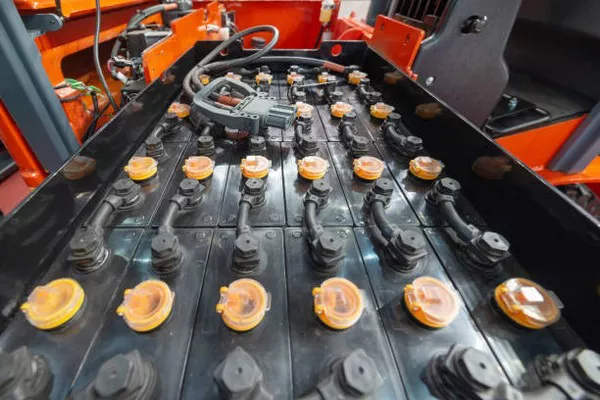In an era where sustainable energy solutions are increasingly vital, fuelless generators emerge as a beacon of innovation. These generators, also known as free energy generators or perpetual motion machines, offer the promise of clean, renewable power without the need for traditional fuel sources like gasoline or diesel. Understanding the mechanics behind these devices is crucial for appreciating their potential and addressing any skepticism surrounding their efficacy. In this article, we delve into the workings of fuelless generators, exploring their principles, components, and implications for the future of energy.
Understanding the Principles:
Fuelless generators operate on the principle of tapping into abundant sources of energy present in the environment, such as electromagnetic fields, gravitational forces, or even quantum fluctuations. While traditional generators rely on fuel combustion or mechanical motion to produce electricity, fuelless generators harness these ambient energy sources through innovative technologies.
Key Components:
Energy Capture Mechanism: Fuelless generators employ various mechanisms to capture ambient energy. One common approach involves utilizing electromagnetic induction, where coils of wire are exposed to changing magnetic fields, inducing an electric current according to Faraday’s law of electromagnetic induction. Other methods may involve piezoelectric materials that generate electricity in response to mechanical stress or vibrations.
Energy Conversion System: Once captured, the ambient energy undergoes conversion into usable electrical power. This process typically involves rectification to convert alternating current (AC) into direct current (DC), followed by voltage regulation and conditioning to ensure a stable output suitable for powering electrical devices.
Energy Storage: Fuelless generators often incorporate energy storage systems to store excess electricity generated during periods of low demand or high ambient energy availability. Batteries, capacitors, or flywheel systems may be employed for this purpose, allowing for the smooth and continuous delivery of power even when ambient energy levels fluctuate.
Control and Monitoring Circuitry: Advanced fuelless generators feature sophisticated control and monitoring circuitry to optimize energy capture, conversion, and distribution. These systems may include microcontrollers, sensors, and feedback mechanisms to adjust operational parameters in real-time, ensuring maximum efficiency and reliability.
Working Mechanism:
The working mechanism of a fuelless generator varies depending on its design and the specific ambient energy source it harnesses. However, a generalized overview of the process can be outlined as follows:
Energy Capture: The generator’s energy capture mechanism, such as electromagnetic coils or piezoelectric elements, intercepts ambient energy from the surrounding environment.
Conversion: The captured energy is converted into electrical power through the generator’s energy conversion system, which may include rectification, voltage regulation, and conditioning components.
Storage: Excess electricity generated beyond immediate demand is stored in the generator’s energy storage system, ready for use during periods of low ambient energy availability.
Distribution: The stored electrical energy is distributed to connected loads or electrical devices, providing a continuous and reliable power supply without the need for traditional fuel sources.
Monitoring and Control: The generator’s control and monitoring circuitry continuously assesses ambient energy levels, electrical output, and system performance, making adjustments as necessary to optimize efficiency and reliability.
Implications for the Future:
Fuelless generators hold immense potential for revolutionizing the energy landscape, offering a sustainable alternative to conventional power generation methods. By tapping into abundant ambient energy sources, these generators have the capacity to provide clean, renewable power without the environmental impact associated with fossil fuel combustion or nuclear energy production.
Moreover, fuelless generators have the potential to decentralize energy production, empowering communities to become self-sufficient in their power generation needs. This decentralized approach can enhance energy resilience, reduce reliance on centralized power grids, and mitigate the risks associated with disruptions to traditional energy infrastructure.
However, it’s essential to acknowledge that the development and widespread adoption of fuelless generators face significant technical, regulatory, and societal challenges. Skepticism and skepticism surrounding the feasibility and viability of fuelless generator technologies persist, with concerns ranging from energy conservation laws to the practical limitations of energy capture and conversion efficiency.
Furthermore, the regulatory landscape governing energy generation and distribution may present barriers to the widespread deployment of fuelless generators, requiring policymakers to reassess existing frameworks to accommodate emerging technologies and incentivize innovation in the renewable energy sector.
Conclusion:
Fuelless generators represent a paradigm shift in the way we generate and consume electricity, offering a glimpse into a future powered by clean, renewable energy sources. By harnessing ambient energy from the environment, these generators have the potential to revolutionize the energy landscape, providing sustainable power solutions that are environmentally friendly, decentralized, and resilient.
While challenges remain in terms of technology development, regulatory frameworks, and societal acceptance, the promise of fuelless generators cannot be overlooked. As research and development efforts continue to advance, fuelless generators may emerge as a cornerstone of the transition towards a more sustainable and resilient energy future.

